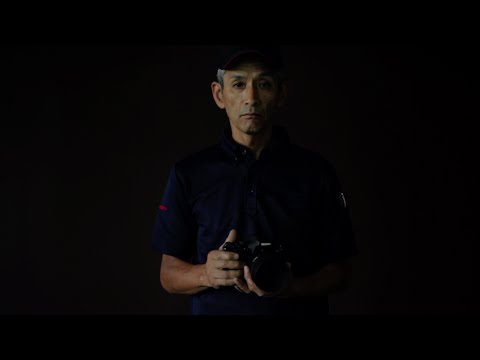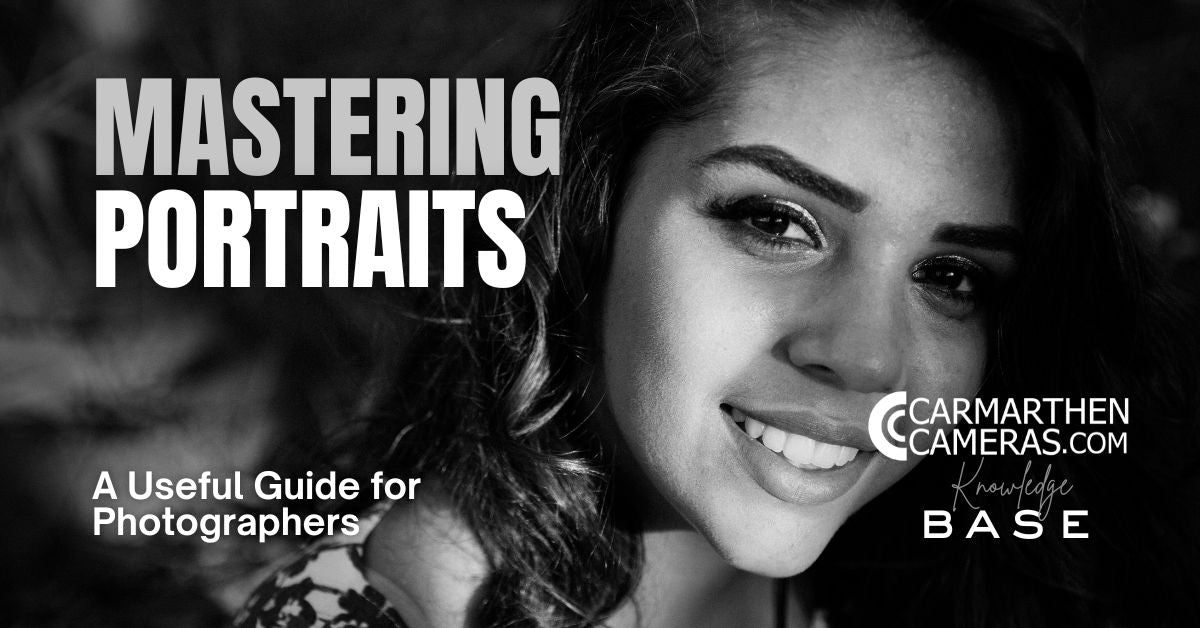Product Description
Sigma 35mm f1.4 DG HSM Art Lens
- Lаrgе аnd brіght mах F1.4 ареrturе
- Grеаt lоwlіght реrfоrmаnсе
- Ѕоlіd аnd ѕturdу dеѕіgn
- Реrfесt fоr wеddіng, роrtrаіturе аnd gіg рhоtоgrарhу
- Нуреr Ѕоnіс Моtоr (НЅМ) fоr quіеt аnd quісk аutоfосuѕ

An optically advanced wide-angle prime, the 35mm f/1.4 DG HSM Art Lens from Sigma mixes a comfortable focal length with an especially fast design. The bright f/1.4 maximum aperture helps to achieve shallow depth of field and selective focus effects and also suits working in difficult lighting conditions. The optical layout incorporates both low dispersion and aspherical elements, which help to improve sharpness and clarity by controlling both spherical and chromatic aberrations. A floating elements system is also used to maintain performance throughout the focusing range. A Super Multi-Layer Coating is also featured and helps to minimize flare and ghosting for greater contrast and colour accuracy when working in strong lighting conditions.

Complementing the imaging capabilities, the lens sports a Hyper Sonic Motor to produce quick, smooth, and quiet autofocus performance with full-time manual focus override. The physical design features a brass bayonet mount, which offers rigidity and mounting precision along with a seal to guard against dust and moisture. Additionally, a rounded nine-blade diaphragm contributes to a pleasing bokeh quality.

As part of the Art line within Sigma's Global Vision series, this lens is designed to achieve truly notable optical performance and is ideally suited for creative and artistic applications.
Wide-angle prime is designed for full-frame Canon EF-mount cameras, however is also suitable for APS-C models where it provides a 56mm equivalent focal length.
Impressively bright f/1.4 maximum aperture is well-suited for working in low-light conditions and also provides greater control over the focus position when using shallow depth of field techniques.

One F Low Dispersion (FLD) element and four Special Low Dispersion (SLD) elements are featured in the optical design and help to reduce colour fringing and chromatic aberrations for improved clarity and colour accuracy.
Two aspherical elements are used to help limit distortion and spherical aberrations and also contribute to greater overall sharpness and accurate rendering.
Floating elements system helps to realize consistent optical performance throughout the focusing range, from 11.8" to infinity.

A Super Multi-Layer Coating has been applied to lens elements in order to minimize lens flare and ghosting and contribute to producing contrast-rich and colour-neutral imagery, even in backlit conditions.
Rounded nine-blade diaphragm contributes to a smooth and pleasing bokeh quality.
The integrated HSM (Hyper Sonic Motor) realizes quick and quiet autofocusing, which is further complemented by an optimized AF algorithm to produce smoother focusing performance. The HSM also permits full-time manual focus control simply by rotating the focus ring at any time.

The bayonet mount is constructed from brass for ensured accuracy and durability. Additionally, rubber sealing is incorporated in the mount design to render it dust- and splash-resistant.
This lens is compatible with the optional Sigma USB Dock for fine-tuning different lens characteristics and updating its firmware.
Payment & Security
Your payment information is processed securely. We do not store credit card details nor have access to your credit card information.
New content loaded
























